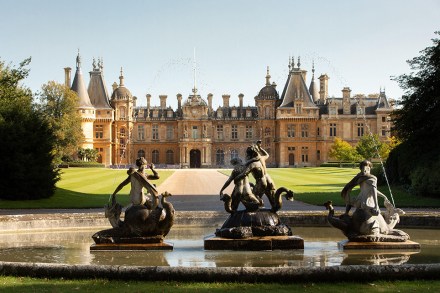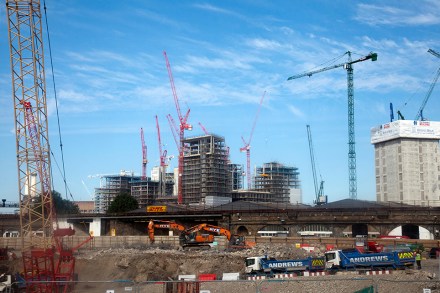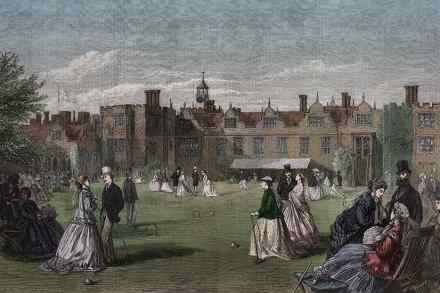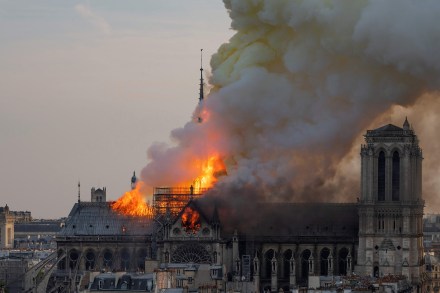The mixed messages of today’s architecture – retro utopias or dizzy towers?
Only when history is decarbonised and decolonised will we understand how architecture should advance. For the time being, the art and science of building design are additionally hobbled by ‘systemic’ gender bias and ‘western-centric’ chauvinism. If the dreary fugue of DEI rhetoric and the baffling clichés of archispeak make you want to scream, this book may not be for you. But get beyond the annoying tone – which combines dire waffle with apocalyptic prophecy – and Owen Hopkins has an important subject. The ‘Manifesto House’, he tells us, is evidence of a ‘deep and all-encompassing vision’ enjoyed by its designers. And these visions project themselves into the future, the place






